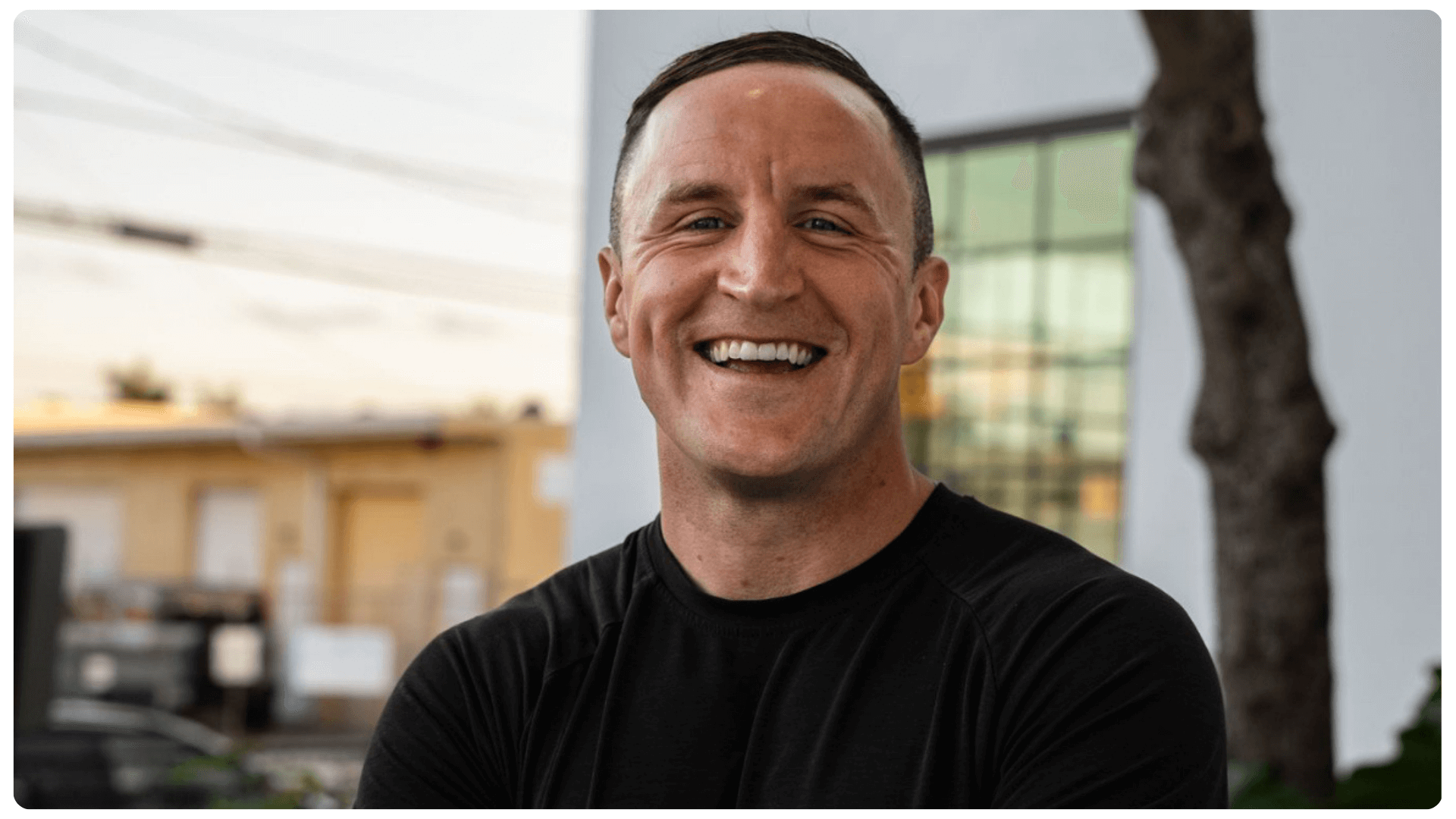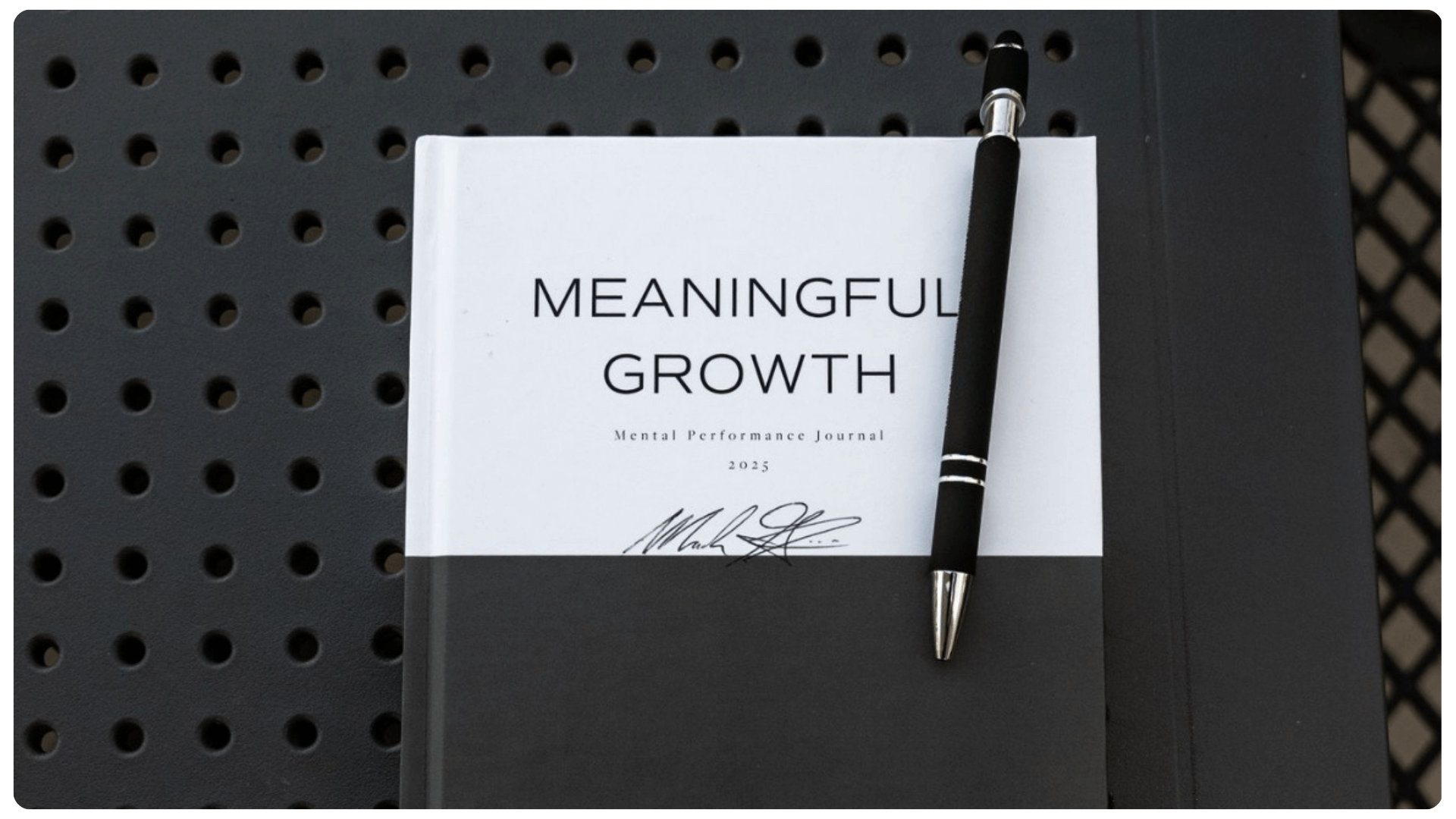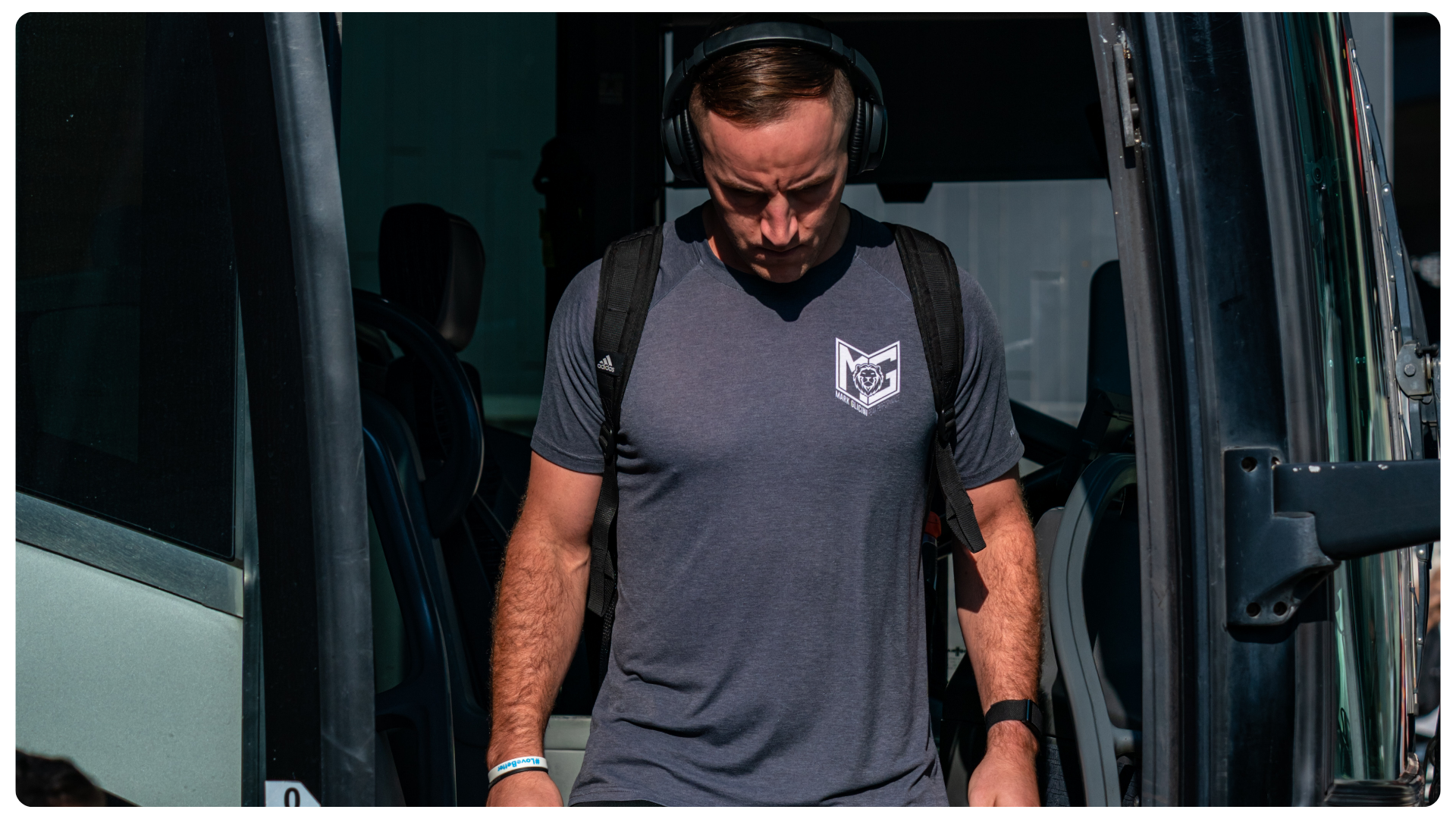Move Your Body to Move Your Mind
Our actions change our attitudes. Our movements change our moods. Our motions change our emotions.

The mind is possibility. Mindset is a set of possibilities. Let me unpack what I mean…
In all likelihood, you are reading this on a phone or a computer. The physical object you can touch is the hardware. What lies inside, including applications and messages, is the software. The hardware is limited to its size, shape, and structure—like our brains. The software is expansive and limitless—like our minds.
Brain = Hardware
Mind = Software
Building upon this analogy, we all have our favorite apps, such as Instagram, TikTok, or Candy Crush. We all have the possibility (given the amount of storage our iCloud can hold) to download hundreds of apps—some we use every day, others we use almost never. We all have elements of our software that we are more or less addicted to, even if we regret using them afterward!
The mind is like a wild horse. If you do not grab its reins, it will take you where you do not want to go.
Since the mind is endlessly expansive, similar to the software of a computer, we must actively choose what’s best for ourselves now and into the future.
Deposits or withdrawals.
Investment or expenditure.
Mindful or mindless.
Every day we are presented with the possibility to change the results through our choices.
The most important choice: what we choose to believe—about ourselves and the world around us.
Empowering or limiting.
Playground or prison.
Faith or fear.
Another way to define mindset, in addition to a set of possibilities, is a bundle of beliefs. Everyone has a mindset; it’s up to us to upgrade our own programming.
Every day, we must stand guard at the door of our mind.
– Jim Rohn
What Jim Rohn meant by “stand guard” is to believe and behave intentionally. Overcome doubt through action. Break down barriers with bravery. Prevail amid problems via persistence. The actions that support us, the bravery that fortifies us, and the persistence that charges us through life’s inevitable challenges are byproducts of an empowering belief system—a growth mindset.
I’d argue that we should take Rohn’s words one step further—don’t just stand guard, strive forward.
My main recommendation to strive forward, to live an intentional, meaningful, fulfilling life full of enjoyment and satisfaction: write.
Write about what you’re afraid of. Write about what lights you on fire. Write about your closest relationships. Write about your dreams. Write about obstacles in the way of your dreams. Write about your plan to overcome them and reach your dreams. Write about what makes you sad. Write about what makes you mad. Write about what makes you glad. Write with passion. Write with purpose. Write with gratitude. Just write.
When I was 15 years old, as a freshman in high school, I started writing poetry. For no particular reason, I put words on paper. With no particular aim, I attempted to rhyme the ends of each sentence. Over the course of no particular time period, I felt better. So I wrote a poem when my dog passed away. I wrote a poem to a girl I had a crush on. I wrote a poem about playing lacrosse. And sometimes, I picked up a pen and my software took over.
That’s the thing about habits: what starts as an awkward, uncomfortable thread of discipline becomes an effortless, enjoyable cable of desire. I no longer had to write—I wanted to.
All that a man achieves and all that he fails to achieve is the direct result of his own thoughts, beliefs, and desires.
– James Allen, As a Man Thinketh
Don’t be a stick in a stream.
Don’t be a feather in the wind.
Don’t be well-rounded and typical.
Set your mind, stay mindful, be intentional.
What kind of mindset will you choose to create?
Will you upgrade your software?
Do you believe you can?
Anything is possible.
— MG
Mark was born and raised in New Jersey where he became an elite high school student-athlete. He earned varsity letters as captain of his high school football, basketball and lacrosse teams and was elected into the National & Spanish National Honor Societies. He attended a post-graduate academic program at Deerfield Academy in Deerfield, MA before college where he earned his Bachelor of Arts degree in Economics from Yale University in New Haven, CT. He is currently a graduate student working toward his doctorate degree in Sport & Performance Psychology at San Diego University for Integrative Studies under Dr. Cristina Versari, Founder & CEO of SDUIS and former Head of Sport Psychology for the National Basketball Association. He is a Teaching Associate with Dr. Robert Gilbert, a Professor at Montclair State University (NJ) and a leading authority and author in the field of Applied Sport Psychology. Mark is currently the lead Mental Health & Wellness Player Advocate for the Premier Lacrosse League.
Mark is a Certified Fitness Trainer, Nutritionist & Mental Performance Coach and currently a graduate student of Sport & Performance Psychology at San Diego University for Integrative Studies.
At Mark Glicini Peak Performance, we understand how physical health reflects mental health, studies how intention drives behavior, and provides clarity as to why peak performance training requires an integrative approach, mind + body + spirit.
As the Mark Glicini Meaningful Growth Foundation embarks on a journey of endurance and togetherness against the trials and tribulations brought upon by cancer, I state: every inch of my heart is in this.
Like so many, cancer has had a profound impact on my life. It took the lives of my grandfather and uncle before I was born. For years starting in 2011, I stood by my mother’s side as she battled and overcame lymphoma. Her fortitude, unwavering support from loved ones and God’s will triumphed amid extreme adversity.
Although we have not and may not win every fight, we will relentlessly strive to make an individual’s growth meaningful and to ensure his or her family feels cared for and supported. Thank you for your love, God Bless!

Our actions change our attitudes. Our movements change our moods. Our motions change our emotions.

“Mark, you need to relax! All you need to do is calm down. Be quick, but don’t hurry!” Many coaches urged me to tame my inner fire.

According public health data, roughly 80% of Americans are “out of shape,” meaning they lack the vitality to meet recommended guidelines for aerobic...